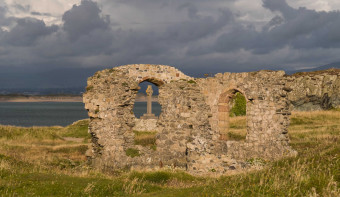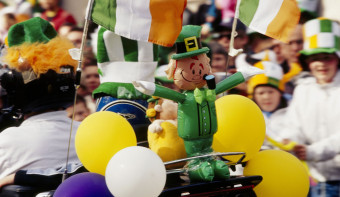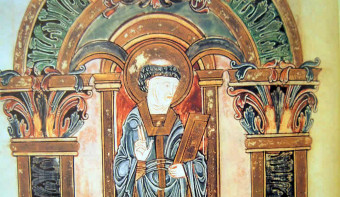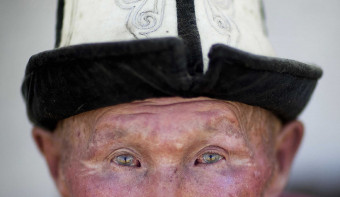About St Piran’s Day
Who was Saint Piran?
Saint Piran or Pyran, died c. 480, was a 5th-century Cornish abbot and saint. He is the patron saint of tin-miners and is also generally regarded as the patron saint of Cornwall, although Saint Michael and Saint Petroc also have some claim to this title.
According to legend he was born in Ireland where he performed miracles. One such miracle was raising soldiers who were killed in battle from the dead. But his powers started to make a group of local kings wary.
They decided to fling St Piran into the sea, with a millstone around his neck, in an attempt to drown him. However, according to folklore, St Piran survived by floating over to Perranporth beach on the north coast of Cornwall.
It was there that he built a small chapel in the dunes, now known at St Piran’s Oratory or the “lost church”, where the Cornish gathered to hear him preach.
Legend has it that St Piran lived for 200 years, meeting his death when he fell down a well drunk.
How did St. Piran's Day begin?
The saint is known for his discovery of the precious metal tin. It started as a holiday for tin miners, and Cornwall has many mines within its boundary. The festival itself has been around since the 1800s when miners drank and ate in the week leading up to the holiday, which was known as “Perrantide”. In the 20th century, Celtic Revivalists endeavoured to make the date a national day and by the 1950s it became celebrated all over the county in towns like St Ives, Falmouth and Bodmin.
It is even celebrated in Grass Valley in California to honour the Cornish miners who worked in the area from the mid-19th century onwards.
The government has never approved requests to make March 5th an official bank holiday in Cornwall, yet despite this, many towns in the county give a day off to workers and students.
How do you say ‘Happy St Piran’s Day’ in Cornish?
“Happy St Piran’s Day” in Cornish is “Gool Peran Lowen”. The motto of Cornwall, “onen hag oll”, which translates to: “One and all”.
What is St Piran’s flag?
St Piran is said to have discovered molten tin running from a hearthstone after he lit a fire. That’s why the Cornish flag is a white cross on a black background, representing the white tin flowing from the black rock. St Piran’s flag is also said to symbolise the light of truth shining through the darkness.
How is the day usually celebrated?
St Piran’s Day makes for a huge annual celebration, that includes parades, music, dancing, fairground rides and rugby matches. Most Cornish towns usually celebrate with a Furry dance - a processional dance performed four-abreast and often by children. Then, at 9pm on March 5th, revellers in pubs across Cornwall break into the Trelawny Shout, which is one big singalong. They traditionally sing the Cornish anthem, the Song of the Western Men, and raise money for the Cornwall Community Foundation.
Hundreds of people also join the annual walk across Perran Sands on the Sunday closest to St Piran’s Day.
Similar Observances
St Swithins Day
Read More










